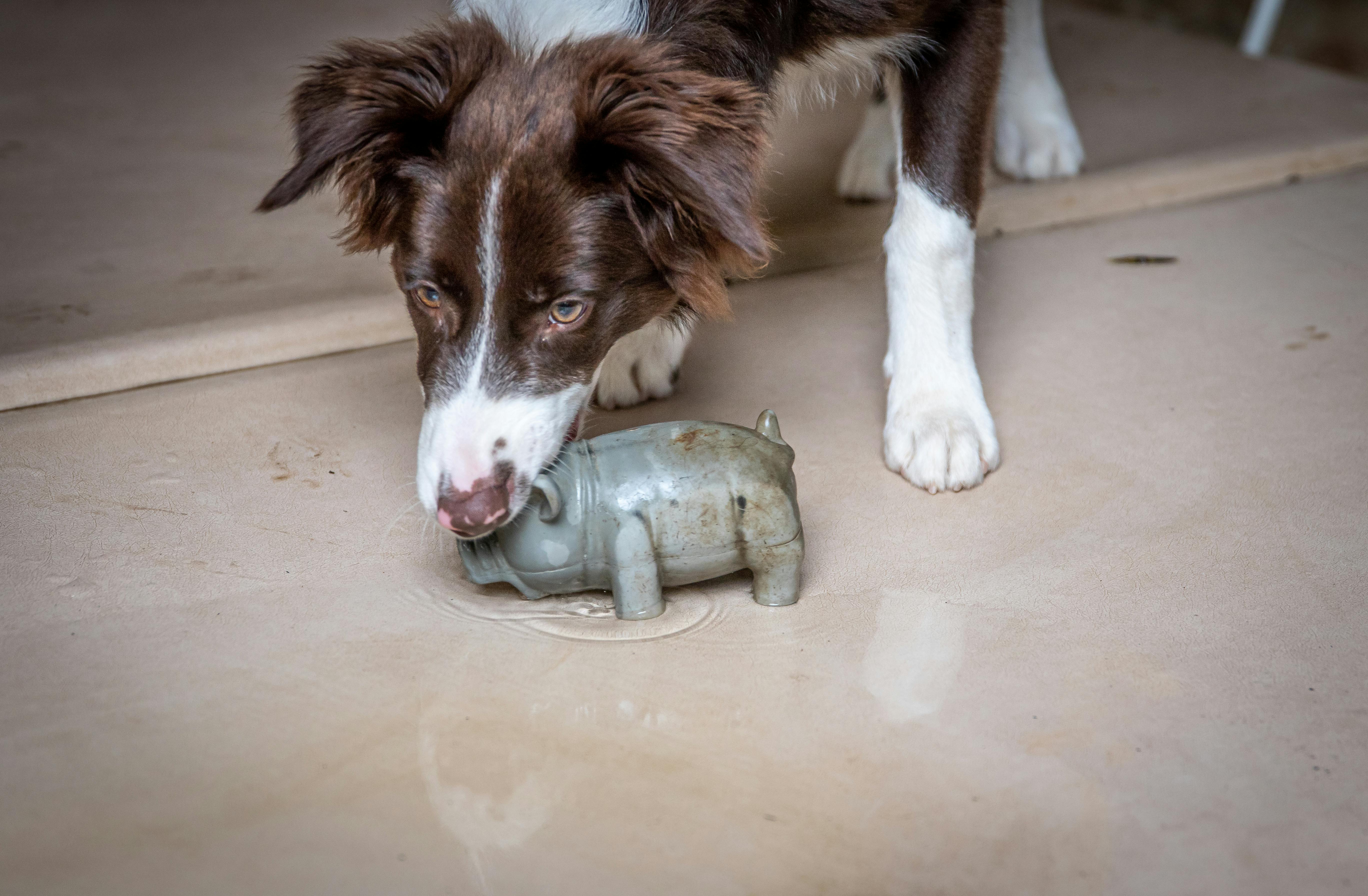One thing that I have rarely seen is a simple and straightforward explanation of Japanese grammar.
Call it a “zen attitude” if you like, but I love to keep things simple and minimal! So there are a couple of points that I want to address when I speak the Japanese language.
I found that one of the best ways to explain Japanese is by using literal translations, sometimes accompanied by an “implicit translation” with the focus points highlighted or underlined. This is what I mean:
Japanese: Kore-wa pen desu.
English: East[-of what I speak] the pen is.
Implied translation: This is (a) pen.
The reason for this is that while it is great to know what people are saying in a foreign language, it is also very helpful to know how those foreigners think and speak in their native language.
The other reason is simply that once you start thinking like a Japanese, taking into account the order of Japanese words, your sentences and grammatical structures will start to flow more naturally. This natural flow of things is known as “the Force.”
Actually !? Well no, but that helps us move on to our next point: Yoda.
Yoda is of great interest to students of Japanese because its grammatical structure is almost identical to that of Basic Japanese. For example:
Japanese: Watashi-no tomodachi-no kuruma-wa shiroi desu!
English: my friends’ car[-of what I speak] the target is!
“Yoda Style”: My friends’ car, white!
Implied translation: my friends’ car is white.
However, more precisely, the word order in the Japanese language is classified as “subject-object-verbConsider the example sentence about the pen: Kore-wa pen desu.
It literally reads as “This pen is“In that sentence the subject is the word.”This“which is marked by the grammatical marker (or” particle “as they are called)” wa. “Finally, the verb be be it is conjugated in the present tense as “is” or in Japanese as: desu.
You will hear the word “desu” in Japanese a lot. Although the correct way to spell it in English is “desu”, it actually sounds more like “dess”.
The flexibility of the word order in Japanese
In the previous paragraph, I mentioned the words “grammar marker” or “particle”. These are important aspects of the Japanese language that I will cover in a future article, so we won’t go over them just yet. For now, it is enough for you to understand that Japanese word order is extremely flexible because a “particle” tells you what a word does in a sentence.
For example, in this sentence, the particle “wa” is behind the word “This“(written as” kore “) to indicate that it is the subject of the sentence. Take a second look:” Kore-Washington pen desu “.
For now just remember to follow the path of the Force and you won’t go wrong in Japanese!


